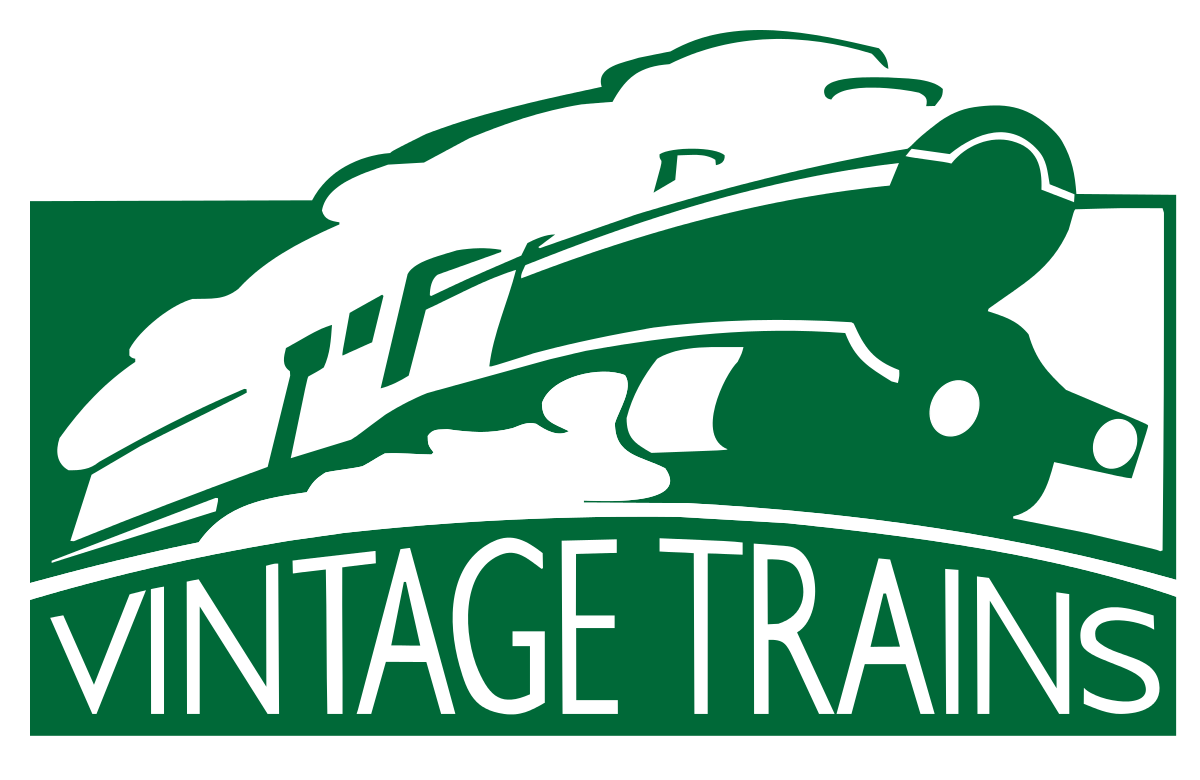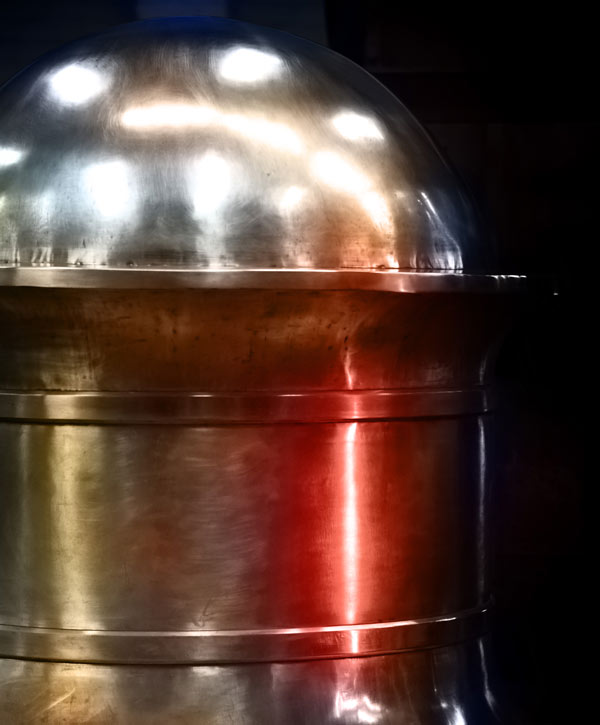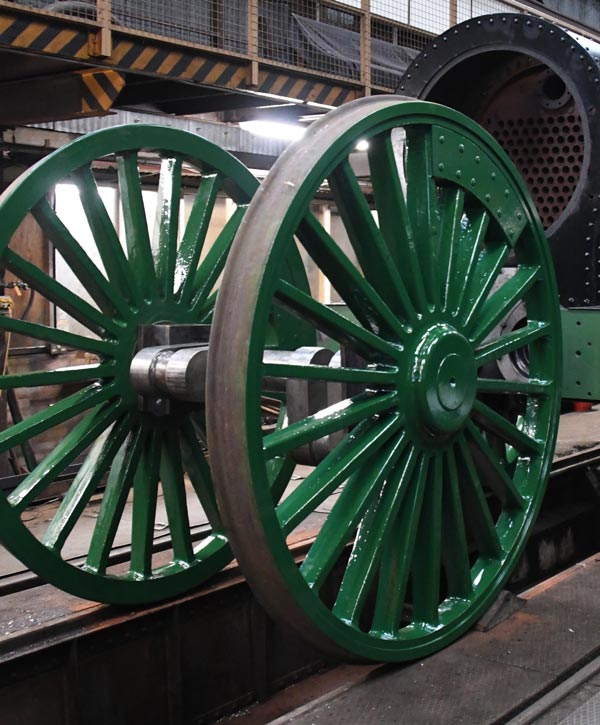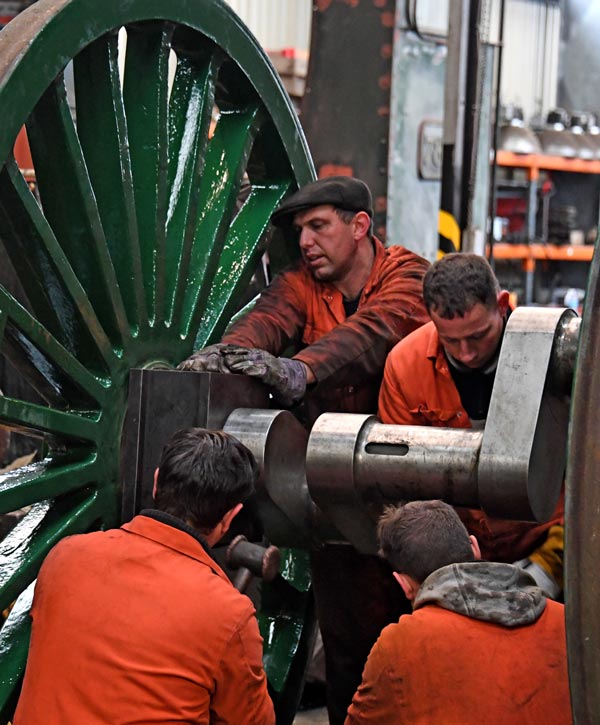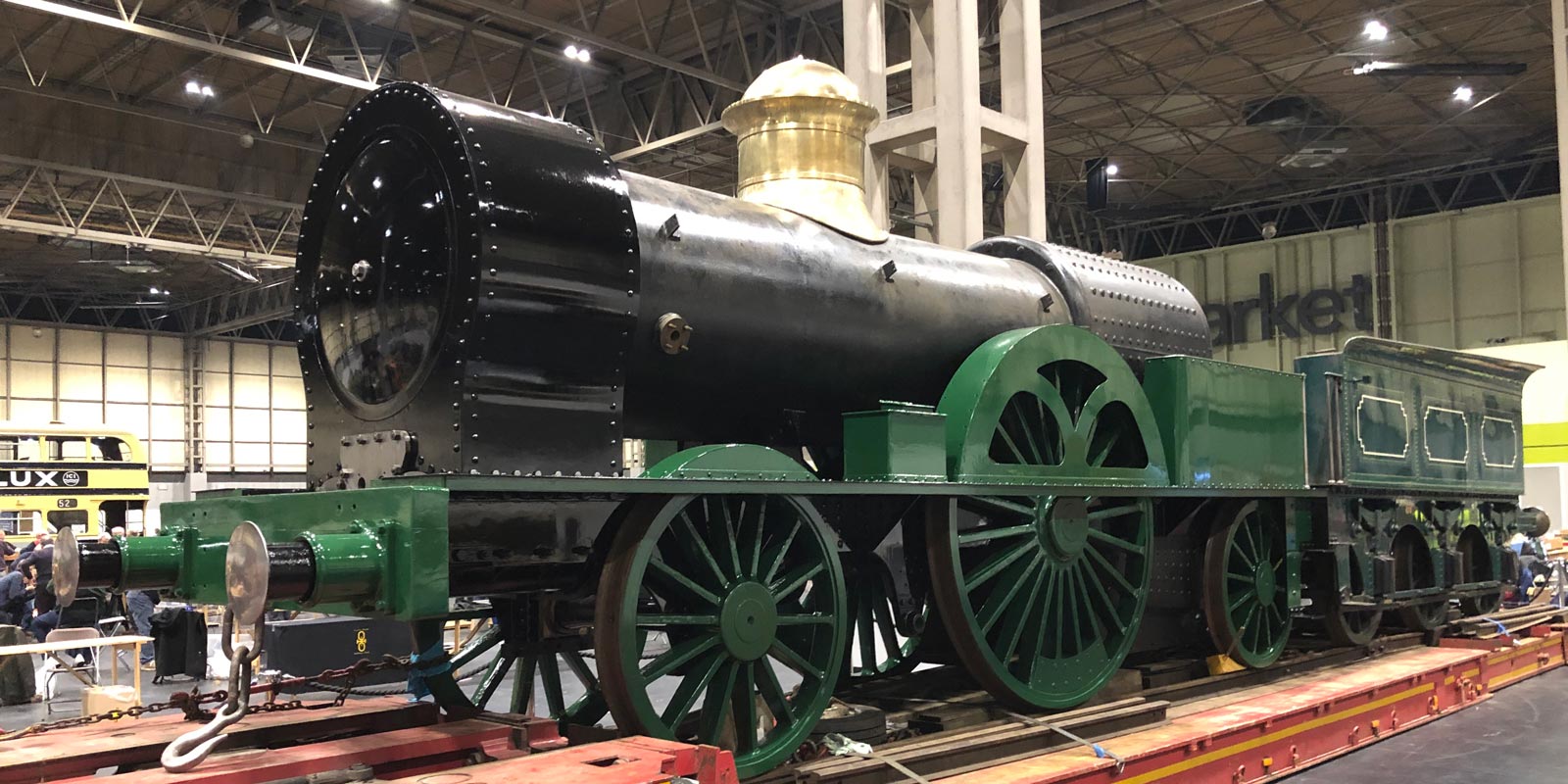A New Generation of Engineers Reimagining The Past to Define The Future…..
Vintage Trains is constructing a working reproduction of the pioneer standard gauge high speed steam train, using some original parts from the 1850s. The locomotive will be the only working example in Britain with a 7 foot single driving wheel. We wish to complete it by the introduction of HS2 and seek your sponsorship.
The significance of the steam engine invented in Britain is unquestionable. It facilitated the development of the modern world, opened up countries for commerce, enabled the export of manufactured goods and created the opportunity for people to travel. Groundbreaking improvements to the steam engine were invented and promoted in Birmingham by James Watt and Matthew Boulton, facilitating the expansion of British influence worldwide and leading to immense political, commercial and social change.

On 17th September 1838 the London & Birmingham Railway opened throughout from London Euston to Birmingham Curzon St. It was described by Thomas Roscoe as “unquestionably the greatest public work ever executed either in ancient or modern times.” The railway became the Southern division of the London & North Western Railway and still exists today as a key part of the West Coast Main Line. The main northbound artery, styled as the ‘Premier Line’, represents one of the most historic routes of the World’s railways, being the first genuine arterial main line link from any capital city to its regions. Frequent trains ran fast to London taking only two hours, eclipsing road and waterborne competition. From the 1850s, the trains were hauled by ‘single wheeler’ steam locomotives of a revolutionary design, capable of running at 70mph. They were the Concorde of their time and helped the railways consolidate themselves as a vigorous economic and social force, introducing a new civilization and heightening national pride. The Victorian era was endowed with an ability to achieve great civil and technical triumphs and the express steam locomotives of the L&NWR Southern Division became one of them.
1851, James McConnell, the L&NWR’s locomotive engineer, introduced a revolutionary design for a 2-2-2 Pioneer High Speed express ‘single wheeler’ steam locomotive in response to his directors’ call for trains to connect London with Birmingham in two hours, a time which was hardly bettered until electrification in 1967. Much of the design work was actually undertaken by the great German engineer, Charles Beyer, who went on to be a founder of the famous firm of Beyer, Peacock & Co, gaining a reputation for blending beauty with function in their steam locomotives which became famous worldwide.
These locomotives were at the forefront of engineering technology, with high boiler pressure, a superior valve chest design, patented fireboxes to burn coal (instead of coke) and even included hopper grates for removing ash and clinker. These innovations allowed the locomotives to run successfully for nearly 35 years hauling up to a dozen daily trains between the two cities. In the 1850s, anything novel and striking was likely to be labelled a Bloomer, after a contemporary campaign by American feminist, Amelia Bloomer, for her reform in dress to reveal ladies’ legs. The locomotive’s design revealed ‘naked’ driving wheels and the lower parts of the locomotives’ anatomy.
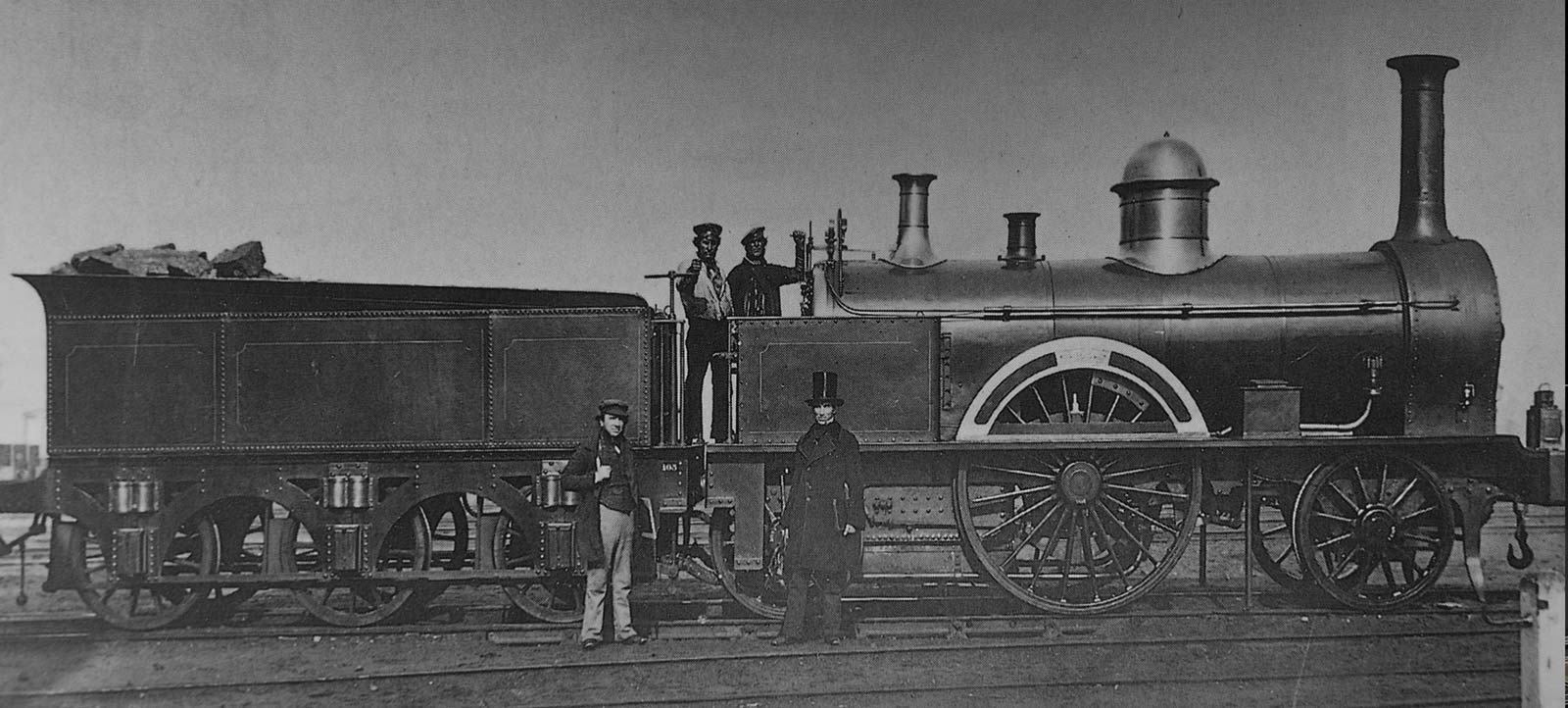
Bloomer 670 Club
Bloomer 670 Club. Membership is available at a minimum of £670 payable either in one lump sum or payments of £67 per month for a minimum of ten months and offers exclusive benefits…
Parts Sponsorship
Sponsor Parts and Materials that are needed to complete The Bloomer….
Join Us
Join the Volunteer team at Tyseley and help recreate The Bloomer…
Recreating The Bloomer
To mark the 150th anniversary of the West Coast Inter City route in 1988, Vintage Trains, at its Tyseley Locomotive Works in Birmingham, began the construction of the 41st member of the Bloomer type of locomotive, with financial assistance from the City of Birmingham. This new locomotive was designed by our Chief Engineer Bob Meanley, very closely based on the original design and even using an original tender underframe together with wheels and brake gear from two other examples. The manufacture and assembly of the main components of the locomotive was also completed: frames, cylinders, boiler and wheels (including the single driving wheel set with crank axle). The boiler was built by Babcock to an insurance company approved welded design. The highly ornate brass dome has also been manufactured together with most of the motion parts and connecting rods and several other components which are currently in store awaiting fitting, all with funds kindly provided by well wishers.
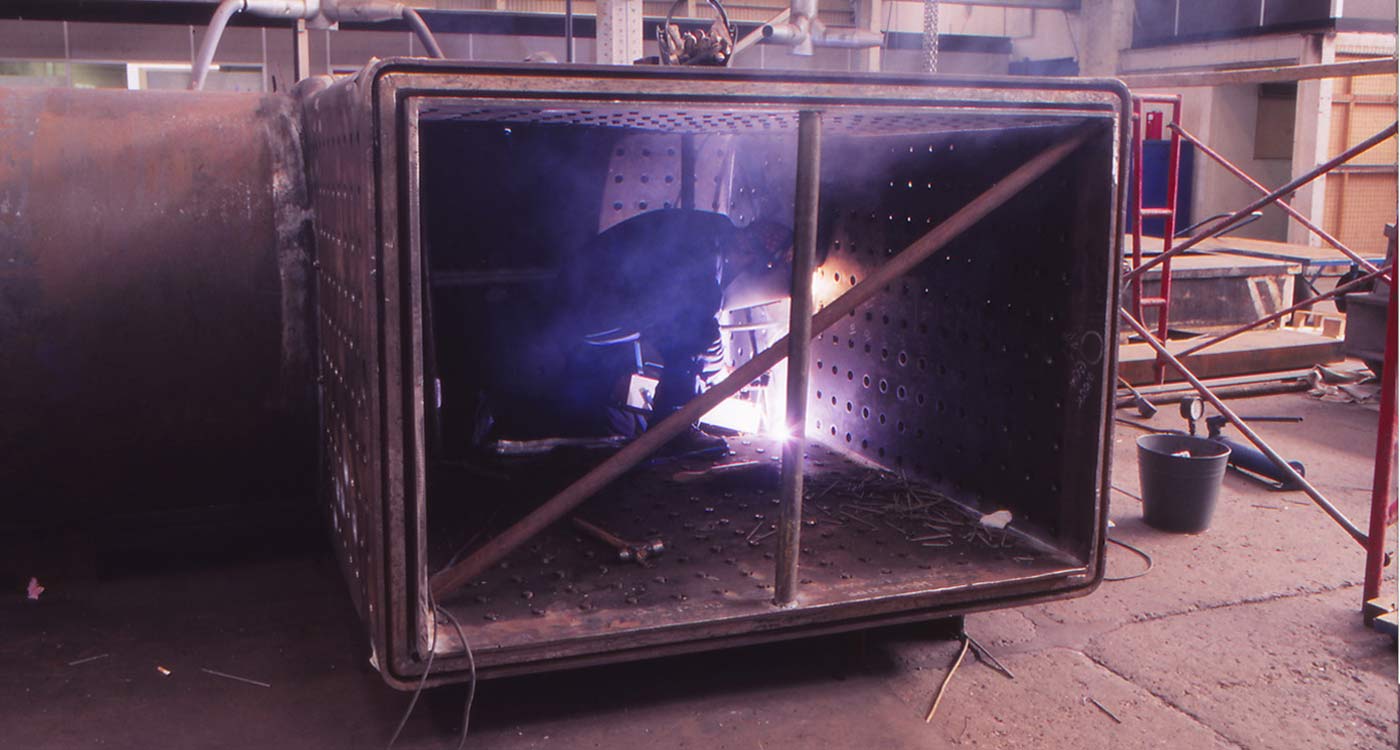
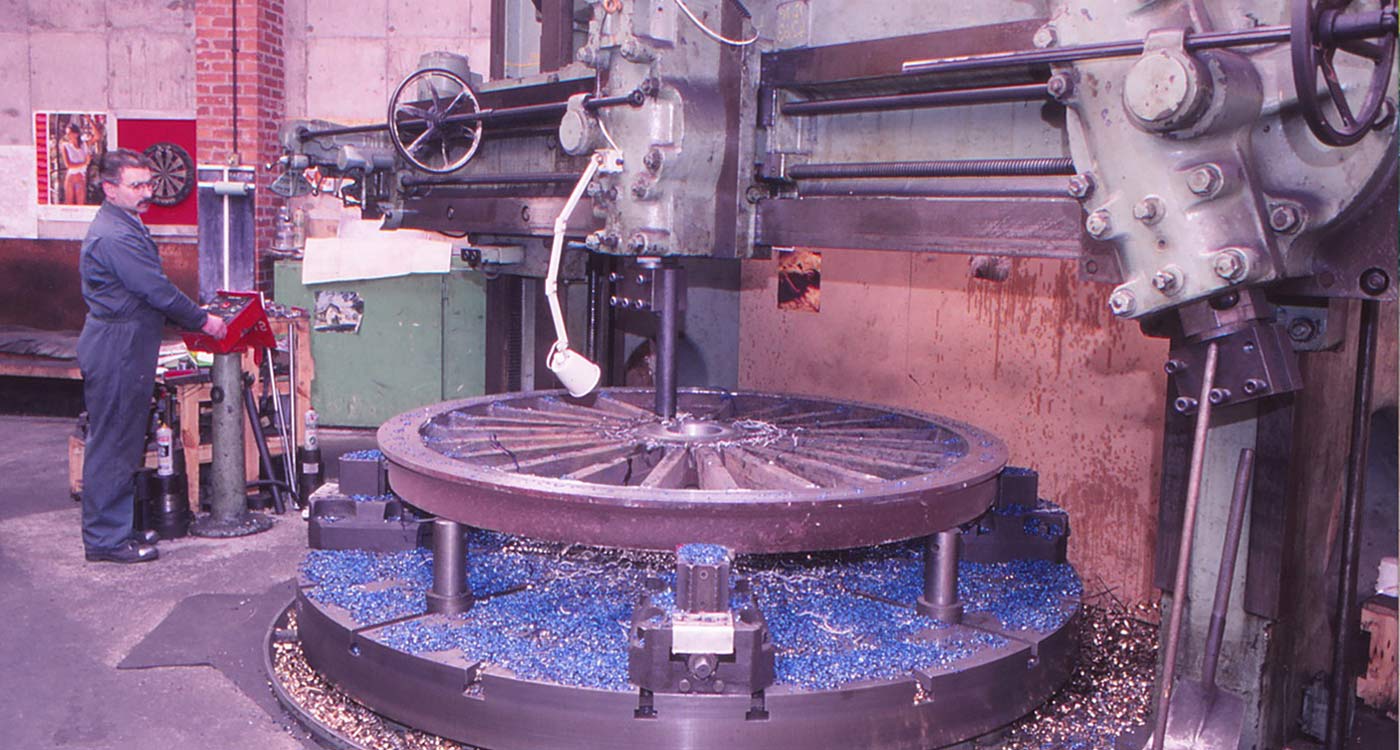
The locomotive is largely complete. It still requires chimney, boiler casing, safety valve covers, all pipework and the boiler mountings (although we have sourced an original L&NWR pressure gauge of the right period and design). We have given it the number 670. Whilst there is no particular logic in numbering an LNWR locomotive, as the railway simply used the next number available for each engine off the production line, we have used the number from our postal address to help indicate ‘home shed’.
During the reconstruction of the tender we discovered original paint remaining and these samples have been carefully conserved and copied to enable the locomotive to appear in the correct L&NWR Southern division lined green livery. The tender has already been painted in this colour and fully lined out.
This project recreates an important missing link in railway history so, with the proposed advent of new High Speed railways in Britain, we consider the time is right to complete this locomotive as the newest member of the class which, in the 1850s, was the fastest type of standard gauge express steam locomotive in the world. We also propose to build a complementary train of four wheeled carriages to represent an L&NWR train of the period using three BR brake van frames and wheels which we have acquired as donors and building new bodies at Tyseley within our newly reconstituted Metropolitan Railway Carriage & Wagon Works. We propose also to work with Aston University to encourage their engineering students to join in and learn practical engineering skills.
Our invitation to you….
Tyseley Locomotive Works will complete the design and manufacture of the Pioneer High Speed Train in our workshops. We invite you to sponsor the next generation of engineers and apprentices, and the parts they will need, so they can learn for themselves how to recreate one of the missing links in our railway heritage and operate the train for public enjoyment. To succeed, they will need to find innovative ways to ensure the train is both compliant with modern regulations but remains authentic in appearance and operation.
Initially we will complete the locomotive to operating order. We expect to need around £300,000 for this work, including sponsorship of students and their supervision, testing, trials and approvals. Then, if we continue to raise further funds, we will build a reproduction train to accompany the locomotive.
There are several ways you can join and support this exciting project:
* By volunteering your time to help with construction of the locomotive and train or promotion of the project.
* By making a donation
* By joining the Bloomer 670 Club. Membership is available at a minimum of £670 payable either in one lump sum or payments of £67 per month for a minimum of ten months and offers the following benefits:
- Invitations to view the construction of the locomotive and train as we progress
- Electronic newsletter updates
- Invitation to the commissioning of the Bloomer and train
- Opportunity to drive the Bloomer at Tyseley Locomotive Works (if you contribute not less than twenty payments of £67 or £1,340)
* By sponsorship. We are seeking funds to employ a supervisor to oversee Aston University student placements and to subsidise the students themselves, together with sponsorship of parts for the work to completion. If this aspect of the construction interests you, please tick the sponsorship box and we will contact you directly to discuss how you may help.
